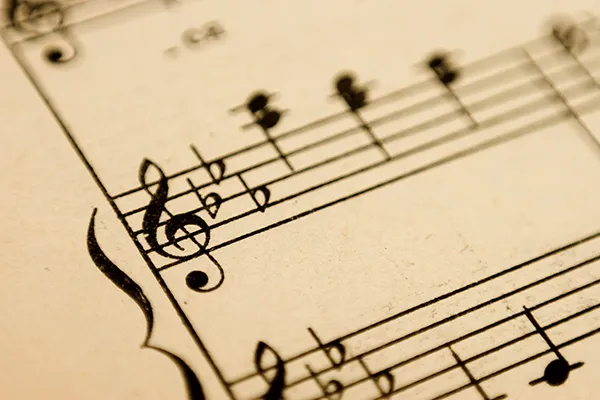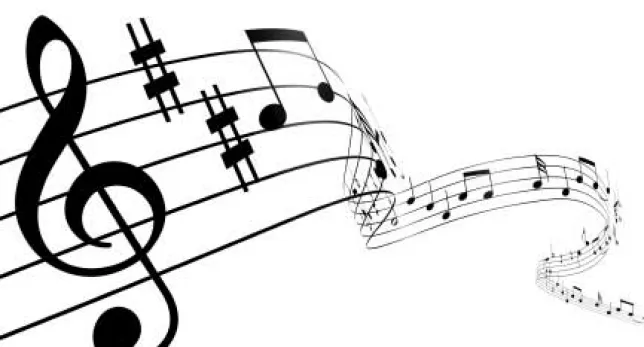Hey folks! Everything's okay?
This week I want to begin two posts series about music. In the first one I'll try to do little summaries in what I consider important in music theory. In the second one I'll try to write about music history, I'll be talking about its development into the centuries until we get nowadays.

When I refer as "little summaries" I mean that everything in music is so detailed that a thousand books would be necessary to put that in order (music theory and history of music).
I hope to contribute with other musicians, music students and curious people.
The first serie I'll begin it's about music theory and I'll write about two important items:
- Sound Properties
- Music Properties

SOUND PROPERTIES
We have four fundamental concepts but before that let's descant about what exactly is sound.
Personally I like what musician and professor Bohumil Med define as sound:
"The sound is the sensation produced in the hearing through elastic bodies vibrations. The vibration puts the air into moviment in the shape of Sound Waves which expands itself simultaneously in every direction. It gets to the tympanum (elastic body) making it vibrate. Transformed into nerve impulses, the vibrations are transmitted to the brain which identifies them as different sound types. Consequently, the sound it's codified through the brain."
Summing up: The sound it's just a bunch of waves. If these waves get to our ears but don't get pass through the nerve brain center where everything starts to "make sense", it doesn't matter at all. It is there that everything happens and where we can distinguish the sound of a thunder from one of an electric distorted guitar.
Back to the sound properties, we have:
- Pitch: It gets very confused with Volume. The pitch it's nothing more than the different between low and treble (determined by the speed of the vibration).
- Duration: It's how much the sound extends itself. Literally is just the duration of the sounds.
- Intensity: Now we are speaking about volume. The intensity it's the sound pressure's degree, determined by the strenght of the agent which makes it.
- Timbre: It's the sound's indentity. It's what makes us differentiate the sound of a violin from a piano.
Every sound has the four properties, no exception.

MUSIC PROPERTIES
We have three basics:
- Melody: It's the set of notes disposed or played in successive order (one after the other). Almost every instrument can reproduce melodies (the only exceptions are the purely percussive instruments).
- Harmony: It's the set of sound disposed or played simultaneously (chords). Not all instruments can reproduce harmonies. So it just comes from the called "Harmonic Instruments" (as the piano and guitar).
- Rhytm: It's the order and proportion of the sounds whom built the Melody and Harmony. The rhytm comes from the compound of different sound durations and from its silences (called "pauses" in music).
Any blend of sounds that has the three basics Music Properties can be considered music.
Some people give prejudiced opinios based on their own particular taste to say that "some rhytm it's not music!", or "it's just noise!". Well, if it has Melody, Harmony and Rhytm, it's music! The only thing that we can discuss is if it has quality or not (and the very notion of quality is discussable itselft).
Hope you guys like this serie and if there is any doubt, please comment below that I'll answer with pleasure.
Thanks for reading!
